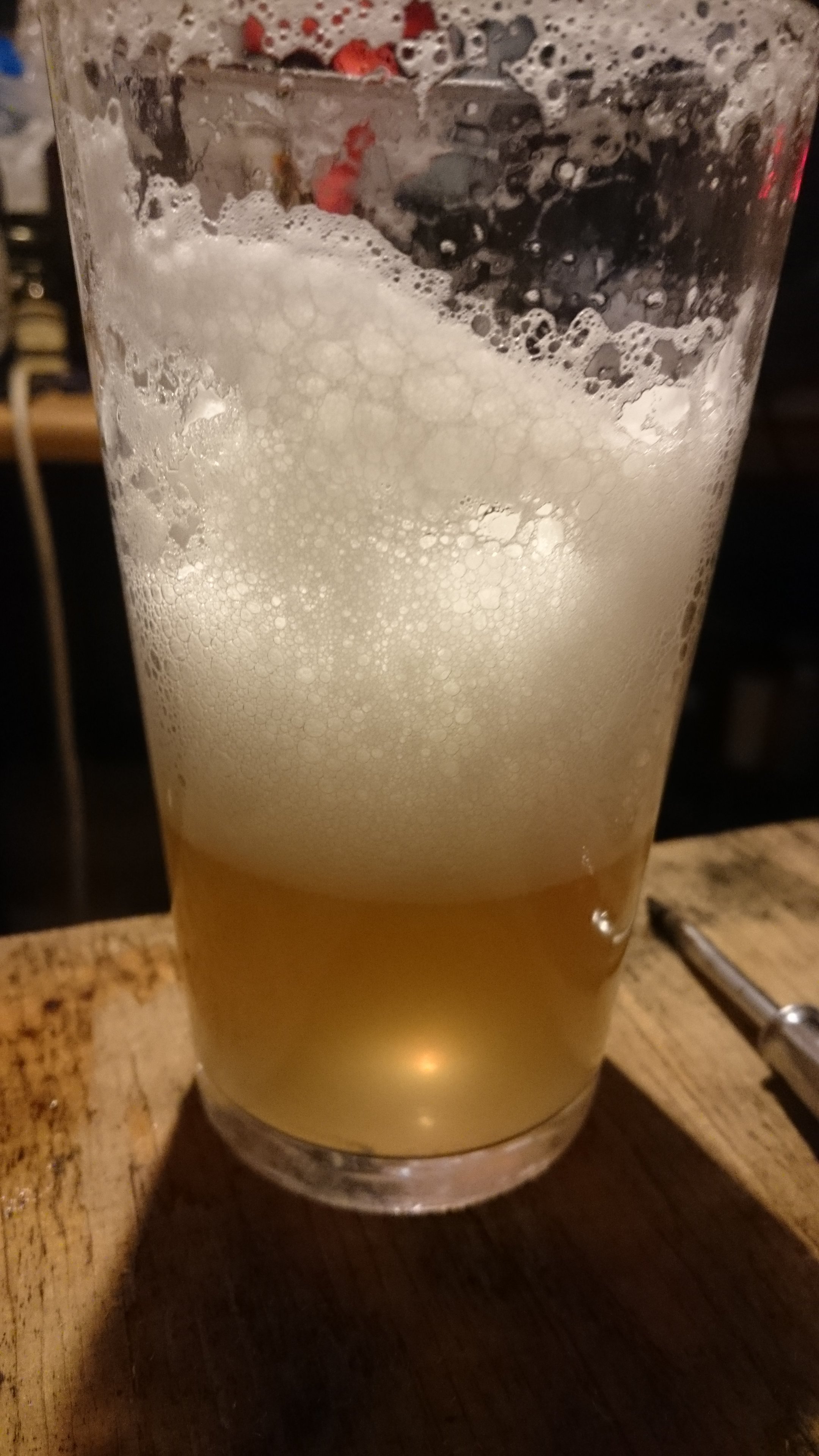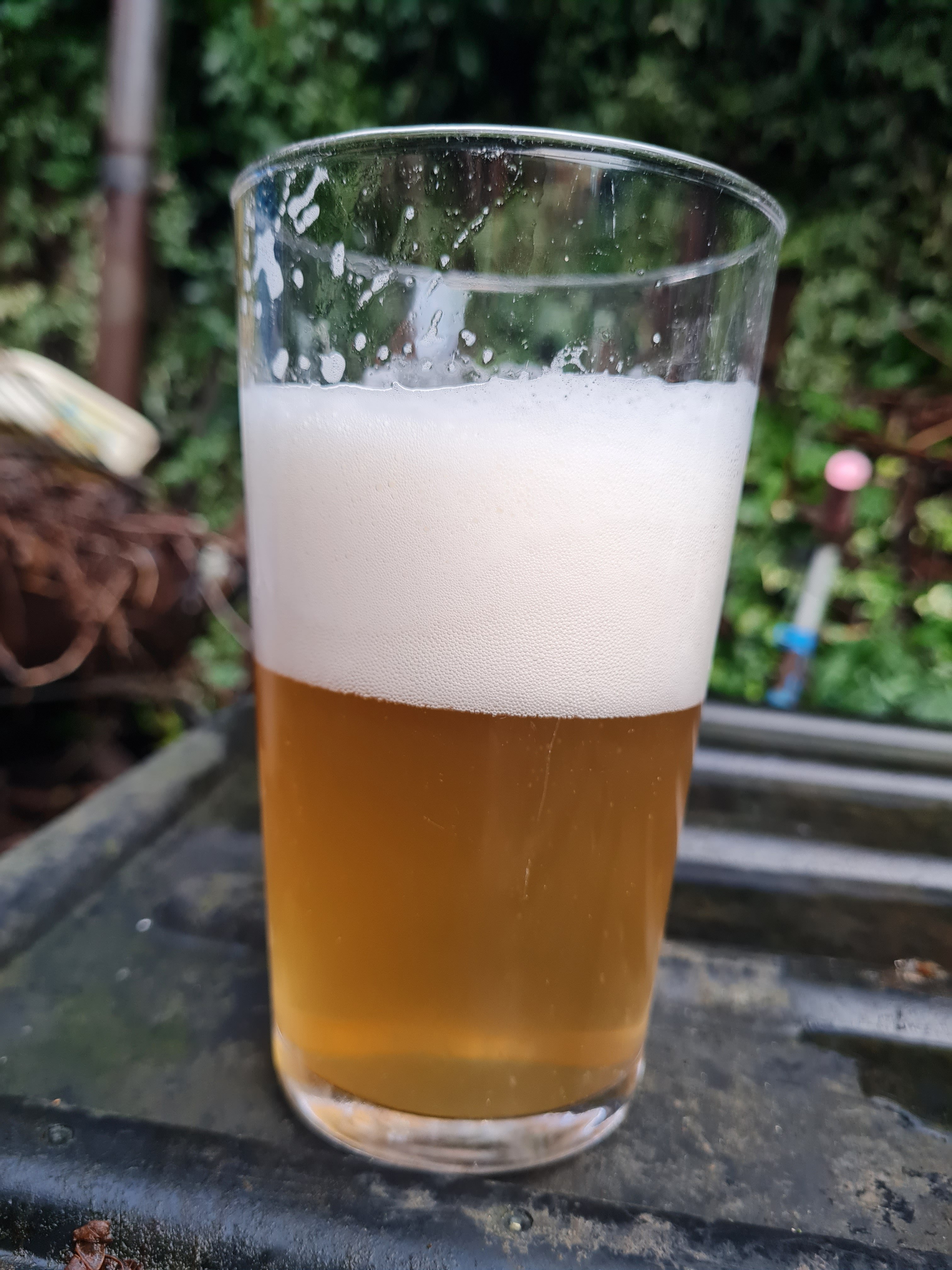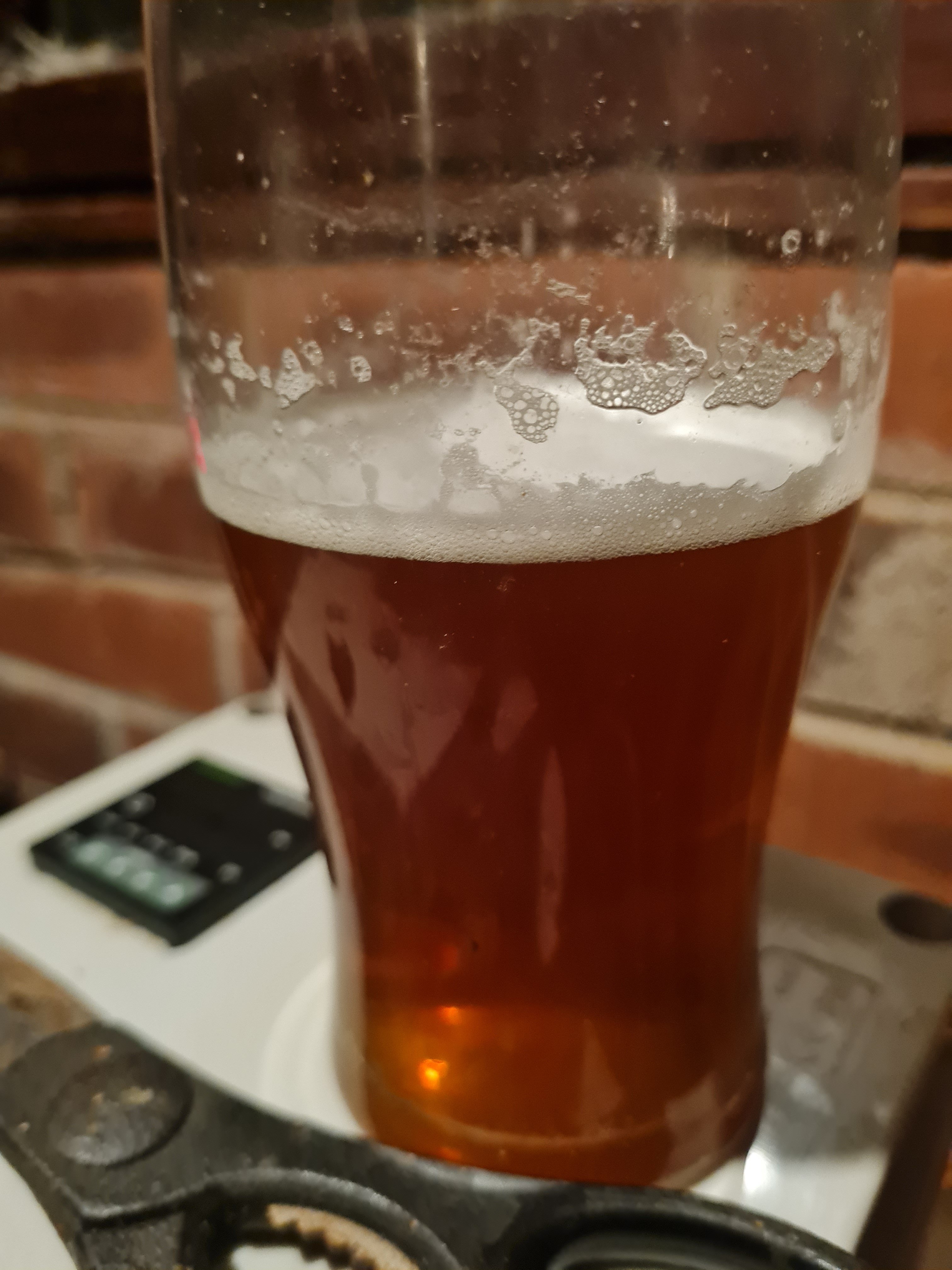OldDogBrewing
Well-Known Member
- Joined
- Jun 11, 2020
- Messages
- 407
- Reaction score
- 328
ThanksI have good results boiling it 5–10 minutes. You could also just bring the water to a boil and just let the hops steep
For 1 gallon I would use at least 0.1 oz hops depending on how much flavor you want, and around 100mL water.
Dry hopping is also an option since isomerization is not necessary.
I'm thinking in giving it a DH too, but after the hop tea





























![Craft A Brew - Safale S-04 Dry Yeast - Fermentis - English Ale Dry Yeast - For English and American Ales and Hard Apple Ciders - Ingredients for Home Brewing - Beer Making Supplies - [1 Pack]](https://m.media-amazon.com/images/I/41fVGNh6JfL._SL500_.jpg)
































